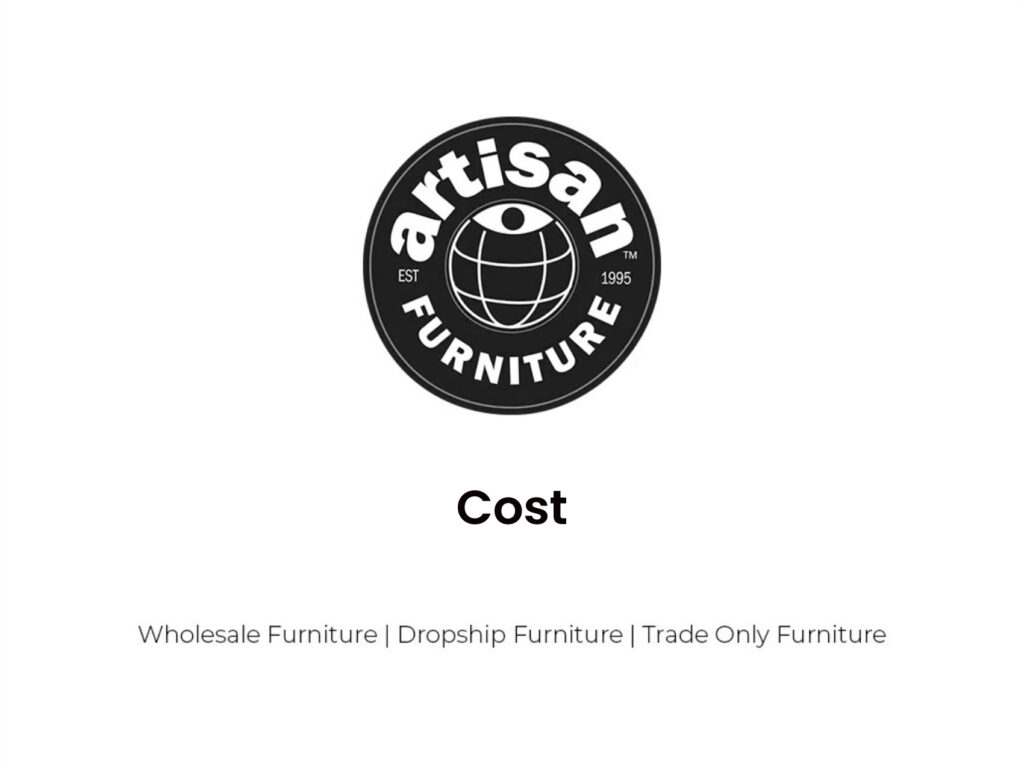Cost
A cost is the worth of money that has been expended to produce something or provide a service and is therefore no longer available for use in production, research, retail, and accounting. In the case of an acquisition cost, the money spent on the acquisition is considered the cost. In this instance, money is the input used to obtain the item. This acquisition cost may include both additional transaction expenses incurred by the acquirer over and beyond the price given to the producer, as well as the cost of production as borne by the original producer. Typically, there is a profit margin added to the price over the cost of production.
Cost is a measure that adds up as a result of a procedure or as a difference for the outcome of a decision, to put it more broadly in the context of economics. Cost is hence the metric employed in the common modelling paradigm for economic processes. Costs (plural) are frequently further explained based on when they occur or where they apply.
Costs are the monetary value of purchases made for use by a company or other accounting entity of supplies, services, labour, products, equipment, and other items. It is the sum listed as the price on invoices and recorded as an expense or asset cost basis in bookkeeping records.
Opportunity cost, also known as economic cost, is the value of the best option that was passed up in favour of the current project, or what could have been done with the resources used in the effort. It stands for missed opportunity. Cost is frequently used in theoretical economics to refer to opportunity cost. When a transaction occurs, it frequently has both internal and external expenses.
Private costs are expenses incurred by the purchaser of a commodity or service and paid to the vendor. The internal costs of the company’s production function can also be used to express this.
The costs that parties other than the buyer are compelled to pay as a result of the transaction are known as external costs (also known as externalities). Such expenses may be borne by a specific person or by society as a whole. Keep in mind that it can be difficult to measure external expenses for comparison with monetary values because they are frequently non-monetary. They cover issues like pollution, which society will probably have to pay for in the future but which are not taken into account by transaction costs.
Private costs and external costs are added together to form social costs.
For instance, the cost of producing furniture (i.e., the costs of purchasing components, land tax rates for the warehouse, operating expenses for the facility, and personnel costs) indicates the manufacturer’s private cost (in some ways, normal profit can also be seen as a cost of production).


